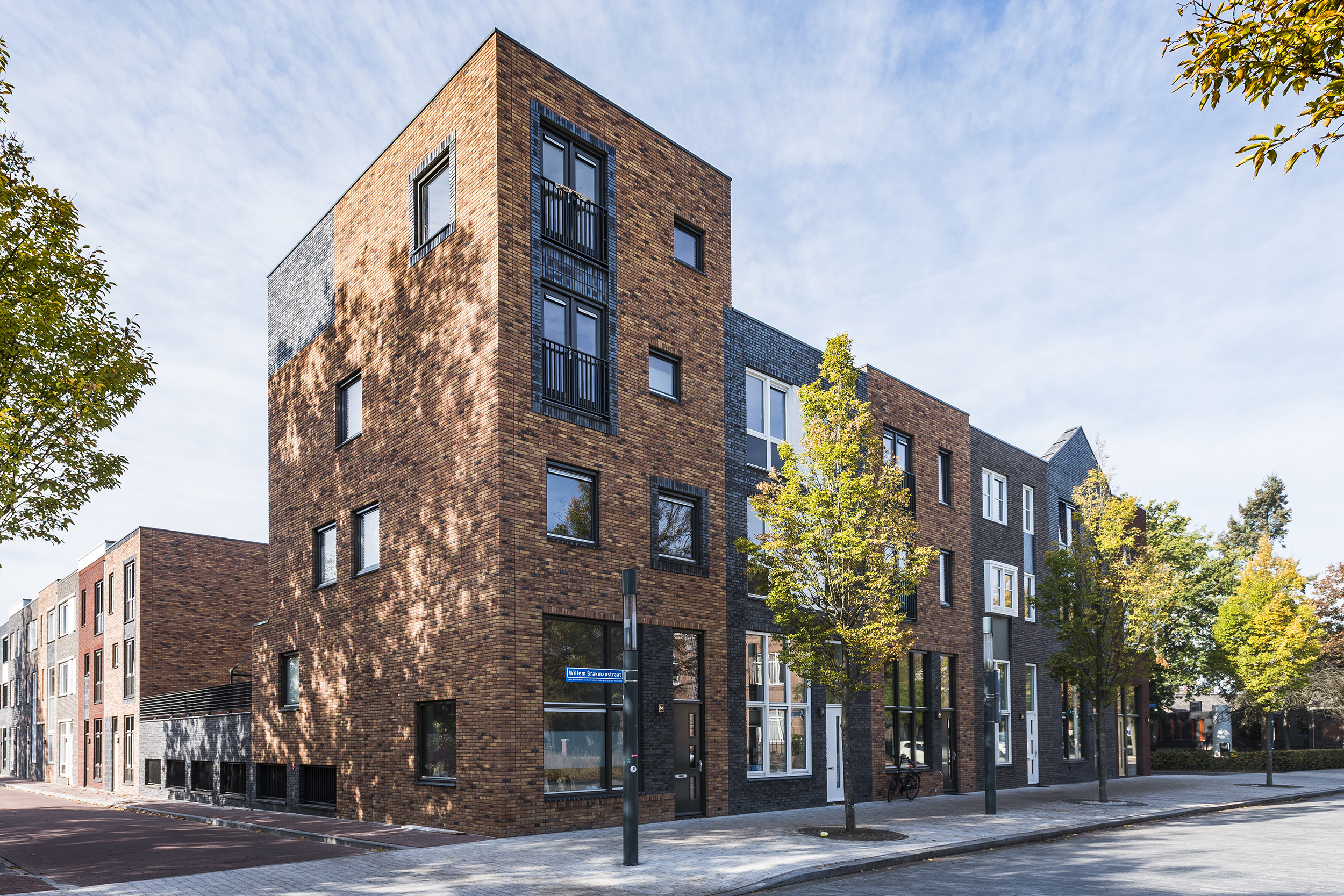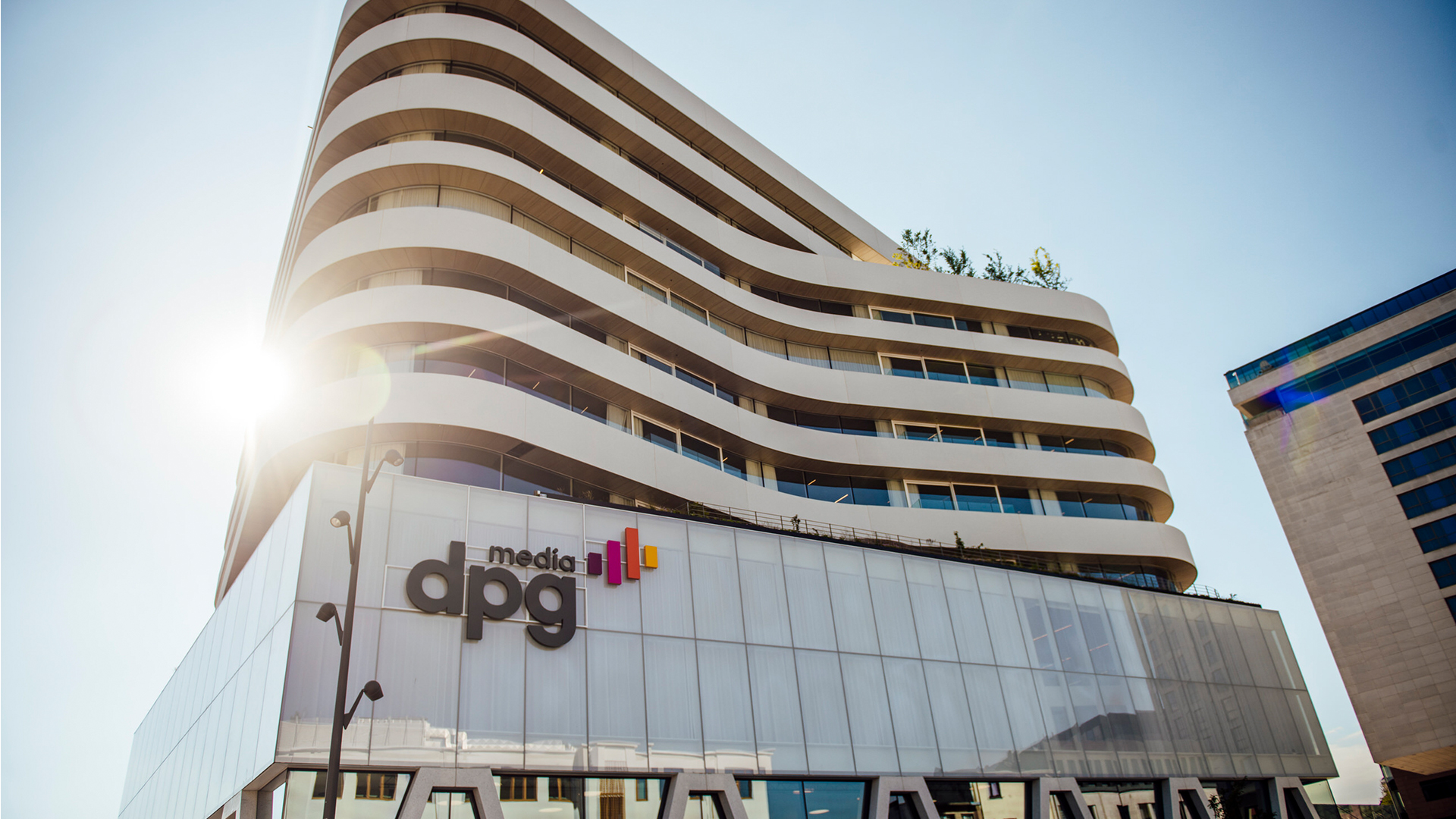For whom is a UX/UI strategy valuable?
As the name suggests, user experience and user interfaces are intended to serve the end user. This can be the end user of any business, B2B or B2C, looking for a platform to appeal to a particular target group.
The benefits of UX/UI within the company
Next to the end user, different departments within the company are reaping the benefits of this service. For example, if you are doing UX/UI design for an online store, you can generate more sales.
In terms of maintenance too: the less friction for the end user, the easier it is for them to complete the flow. This in turn, reduces the amount of work and time needed for customer support and can also lead to greater trust in your brand.
Manage design at scale with design systems
Our design systems in specific are targeted towards larger companies or groups of companies as they often have the need to scale and support multiple brands.
A Design System is a set of standards to manage design at scale by reducing redundancy while creating a shared language and visual consistency across different pages and channels. It is in essence, a shared investment between designers and developers which gives teams the freedom to rapidly prototype functional code for testing and experimentation.









